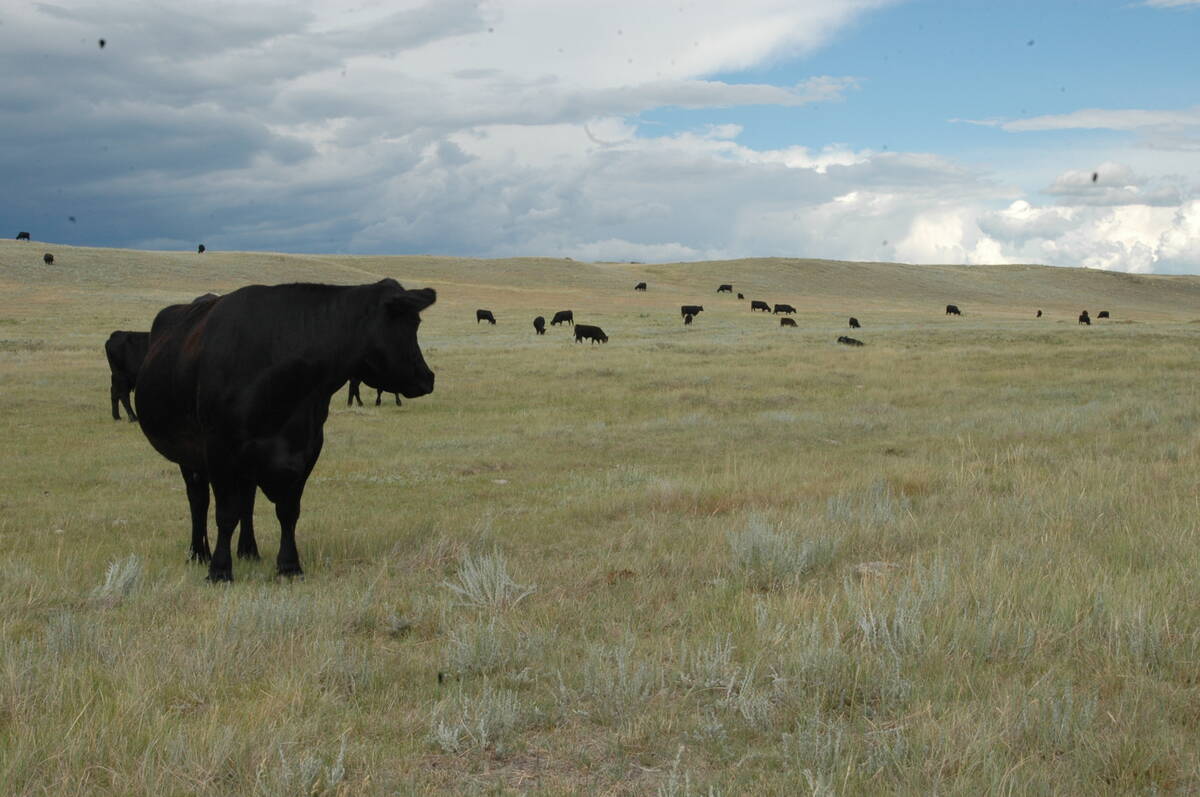Lameness is an economically important disease in all cattle operations.
In dairy cows it is described in the Canadian Dairy Code of Practice as one of the most serious and economically important issues, which can have a major effect on dry matter intake, reproduction and early culling. As a result, much of the research on cattle lameness has focused on dairy operations.
However, there is a growing realization that lameness can have a significant impact on beef production as well. It is recognized in all cattle operations as a significant welfare concern because of the pain associated with it.
Read Also

Canadian Food Inspection Agency slammed for handling of bovine tuberculosis case
The federal government leans heavily on producers to “take one for the team” and risk their livelihoods without any reassurance of support.
One North American study has suggested that lameness may be responsible for up to 16 percent of treatments and up to five percent of the mortalities in feedlot cattle.
Many producers assume that any case of lameness in a beef animal is caused by either foot rot or an injury. However, a recent study published in the Canadian Veterinary Journal provides insights into a cause of lameness that has not previously been well described in feedlot cattle.
Dr. Murray Jelinski and Dr. Chad Paetsch from the Western College of Veterinary Medicine in Saskatoon, along with colleagues Dr. Kent Fenton and Dr. Tye Perrett from Feedlot Health Management Services in Okotoks, Alta., published a paper on the syndrome known as toe tip necrosis syndrome (TTNS). You may also see this condition described as toe ulcers, toe abscesses or P3 necrosis. It appears to be a different syndrome than the more common sole ulcers and sole abscesses seen in dairy cattle.
Cattle affected with the syndrome appear suddenly lame, usually shortly after arrival to the feedlot. The disease appears to be a bacterial infection that invades the tip of the hoof along the white line area and ascends into the inner structures of the toe.
The infections penetrate the hoof wall and invade the distal bone of the toe known as the third phalanx or Ps, causing an infection of this bone and severe necrosis of the tissue.
The infection and subsequent necrosis is obviously severely painful and the animals are very lame. The vast majority of infections appear in the hind foot. If the affected hoof is examined, there is often evidence of a separation of the white line at the toe region of the hoof along with either impacted material or pus evident.
Animal health crews at feedlots will often nip off the end of the hoof to allow drainage in an effort to treat these cases and administer antimicrobials to combat infection.
Jelinski and his colleagues used animal health databases from western Canadian feedlots to describe the epidemiology of this condition. Their research focused on post-mortem records from feedlots and they were able to examine the timing and extent of animals that died or were euthanized because of the condition.
They demonstrated that although this syndrome occurs sporadically, it tended to cluster by lot and by feedyard. This might suggest there are risk factors for the disease associated with incoming lots of cattle. As well, there are other risk factors that may occur at the feedlot.
The researchers were also able to confirm that the disease occurs early in the feeding period and approximately 50 percent of the animals treated for the condition were treated before 12 days on feed.
Their data also confirmed that the condition was most commonly seen in auction-market-derived cattle and was almost exclusively restricted to the hind feet.
The cause of this condition is still not well understood. The predominant theory is that these animals have had excessive wear of their hoof wall in the toe area, which allows environmental bacteria to penetrate and establish an infection.
Many feedlot workers and veterinarians have often commented that the cattle affected with TTNS tend to be wilder and more agitated when handled. While this has not been scientifically proven, it might lend credence to the abrasion theory because wilder animals may tend to scrabble and move their back feet across rough surfaces more violently when being handled.
This abrasion theory can’t be proven or disproven by this research, but evidence that shows the disease clustering by lot and feedyard could be explained by this theory.
Exposure to abrasive flooring during transportation or at the auction yard or feedlot might be a factor as well.
However, other factors such as hoof hardness perhaps caused by nutritional issues may play a role. Some veterinarians have speculated that standing for prolonged periods may affect blood flow to the hoof and perhaps cause the white line separation that is seen in the toe area.
A lot of questions remain about TTNS.
It remains a very difficult lameness to treat and often animals must be euthanized because they are non-responsive to therapy.
Anecdotally, it appears feedlot veterinarians and employees have improved their treatment success through early recognition. This early diagnosis is often predicated on a close examination of the hoof and not assuming that a lame animal is affected with foot rot.
Although current research hasn’t answered all of the questions about TTNS, this study gives provides baseline data with which to more accurately describe the syndrome.














